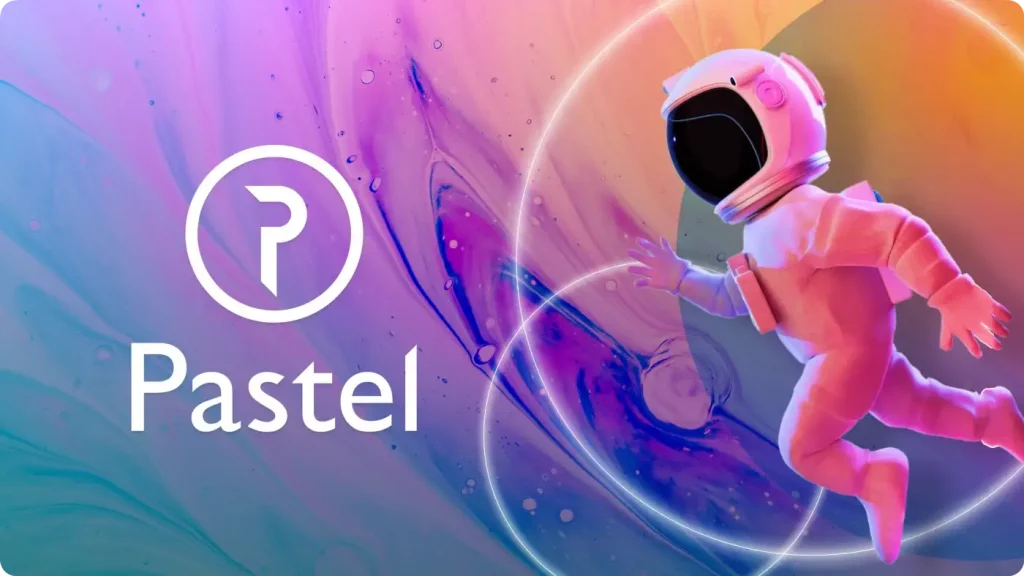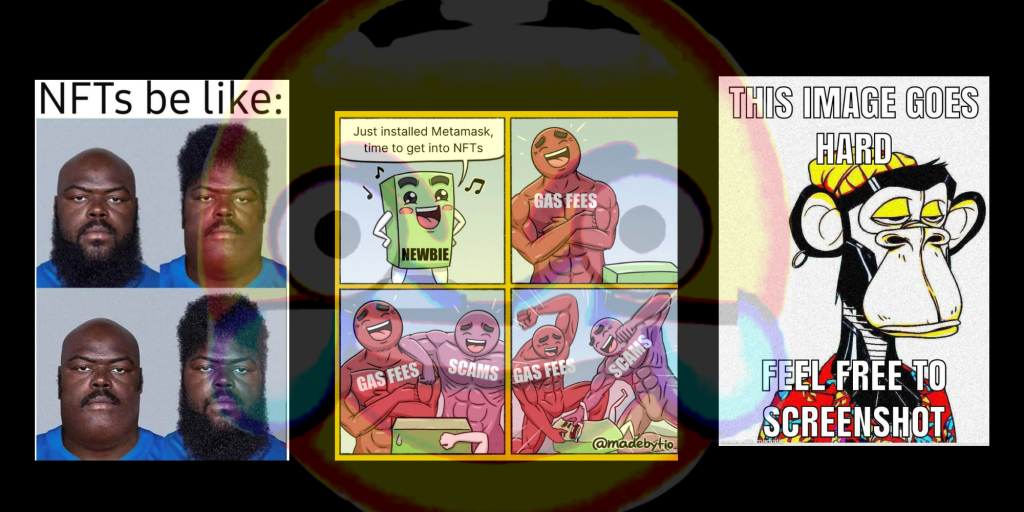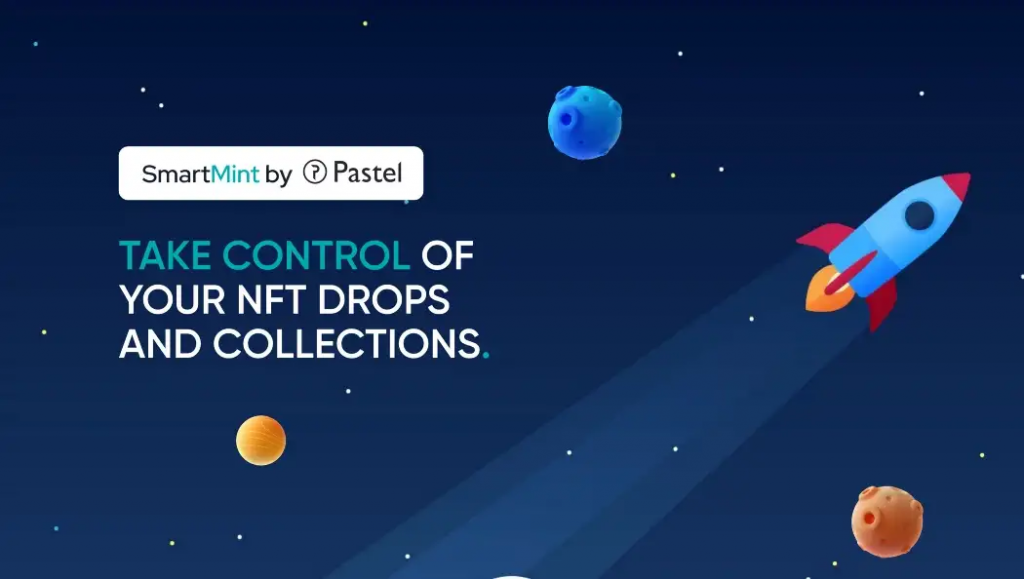If you’ve seen headlines of non-fungible tokens (NFTs) selling for millions of dollars then you may be asking yourself: why are NFTs so valuable?
The following dialogue might ensue: Is this just a really rich people thing? Are they laundering money? Is this just fake news biting on click-worthy headlines?
The answer most people will give you is that they’re pieces of art, making them intrinsically valuable.
But, this doesn’t really give you the full picture of why someone would pay millions for essentially a .JPEG of a monkey.
While some NFT art pieces like Pak’s ‘The Merge’ have sold for a shockingly high $91.8m, this doesn’t accurately explicate the value of collections like CryptoPunks and Bored Ape Yacht Club (BAYC), both of which have sold for upwards of six figures since their initial release.
With that in mind, here’s why NFTs cost so much.
What Are NFTs?
A non-fungible token (NFT) is a digital image, video, or sound recorded on the blockchain and used to certify authenticity. These assets are 100% unique from one another and cannot be physically changed once minted. Ownership, however, can be seamlessly transferred when the token is sold.
There are many types of NFTs, including profile picture NFTs, such as those used by Cryptopunks, music NFTs that show proof of ownership of a music piece, and NFTs used for play-to-earn (P2E) gaming, which can be used for trading, gameplay, and passive income.
In 2022 over 101 million NFTs were sold on NFT marketplaces like OpenSea and Rarible, with collections covering a range of niches such as art, gaming, fashion, sports, music, domain names, and text-based NFT collections.
Why Do NFTs Curate Value?
NFTs can be both extremely valuable or completely worthless, with one in three collections “retiringâ€, with little to no trading activity.
What makes an NFT valuable is its ability to introduce scarcity to the digital marketplace. When buying an NFT you’re not just overpaying for a digital image, you’re buying a digital token recorded on a public ledger, known as a blockchain.
Ownership of the NFT is completely irrefutable, which limits the total supply and “inflates†its price, thus justifying its value. While this sounds like a great way to profit from what could essentially be digital junk, that’s not exactly how NFTs work. They need to have some kind of appeal to increase their value, which we’ll cover below.
Artistic Value
NFTs started as digital art, with the first NFT art piece “Quantum†being created by digital artists Jennifer and Kevin McCoy in 2014. The value of NFT art is similar to that of traditional art, in which artists sell their pieces for millions at art auction houses like Christie’s. The concept of such art is often difficult for everyday people to get their head around, particularly when it comes to art pieces like the “Banana art†which sold for $120,000 only to be eaten by a “hungry artist.â€
Other pieces like the Untitled [Bolsena] collection by Cy Twombly, which sold for $38,685,000 in 2020, can also be a little difficult to process, considering it looks like a few scribbles on the page.
Cy Twombly, Untitled [Bolsena], 1969. Courtesy of Christie’s Images Ltd. 2020.
What makes these particular pieces valuable is the fact that there is only one kind in existence and usually, the art piece has been created by one of the most artistic minds within a generation.
This can explain why the majority of expensive NFT sales have been one-of-works. Similar to Untitled [Bolsena], they are the only kinds to exist. For example, Clock, which sold for $52.7 million in February 2022 is a truly unique piece. This is because it functions as a digital counter for the days Assange (the activist who founded WikiLeaks) has been in London’s Belmarsh Prison for espionage.
NFT Utility
Another crucial factor that impacts the value of an NFT is its utility — essentially how beneficial or profitable it is. As NFTs develop, they’re being used to create new business models and revenue streams.
For example, a musician can sell NFTs that represent a stake in their new record. This would allow a musician to increase their initial revenue, while the NFT holder receives royalty every time the record sells. The value of the NFT will therefore rise based on the number of sales a record makes or the fame level of the musician. This potentially allows the NFT holder to make passive profits on their initial purchase or sell it for one lump sum.
The concept of utility is also important in the gaming space, in which play-to-earn gamers are using NFTs to generate passive income.
Within the world of gaming, players can make in-game purchases for skins, emotes and other unique features, however they don’t actually own them. With NFTs, these in-game purchases can be owned, which gives them greater value and the option to be resold. Considering the in-game purchase market is set to surpass $74.4 billion by 2025, NFTs could disrupt the entire market, allowing players to generate from in-game items instead of them being a liability.
Community
Some NFTs grant users access to exclusive clubs, similar to real-world clubs like Soho House. Within these clubs NFT holders can network with like-minded investors, as well as celebrities and business owners. A great example of this is BAYC. BAYC hosts thousands of investors and celebrities such as Mark Cuban, Eminem, Shaquille O’Neal, Snoop Dogg, Justin Bieber, Madonna, and Jimmy Fallon, making it the most socially valuable NFT collection worldwide.
What Is the Future of NFTs?
There’s no way of denying it, blockchain technology is changing the future of digital assets. What were once just pictures on the internet have become unique tangible assets with the potential to generate revenue and create entirely new business models.
Early adopters of NFTs have slowly started to dabble in the technology, with Taco Bell selling an NFT collection in 2021, and Nike selling an NFT collection known as Cryptokicks in 2022. The NBA has also started to capitalize on NFTs to create a deeper fan connection with NBA Top Shot, which sold over $800 million in NFTs in 2021.
As blockchain technology continues to grow and evolve, NFT assets will only become more valuable, with early stage assets being more valuable due to being created early on in a new trend. In the future, it’s more than possible that you could own an NFT for your favorite movie, record or clothing, all being just as (or more) valuable than the real-world assets you currently own.








